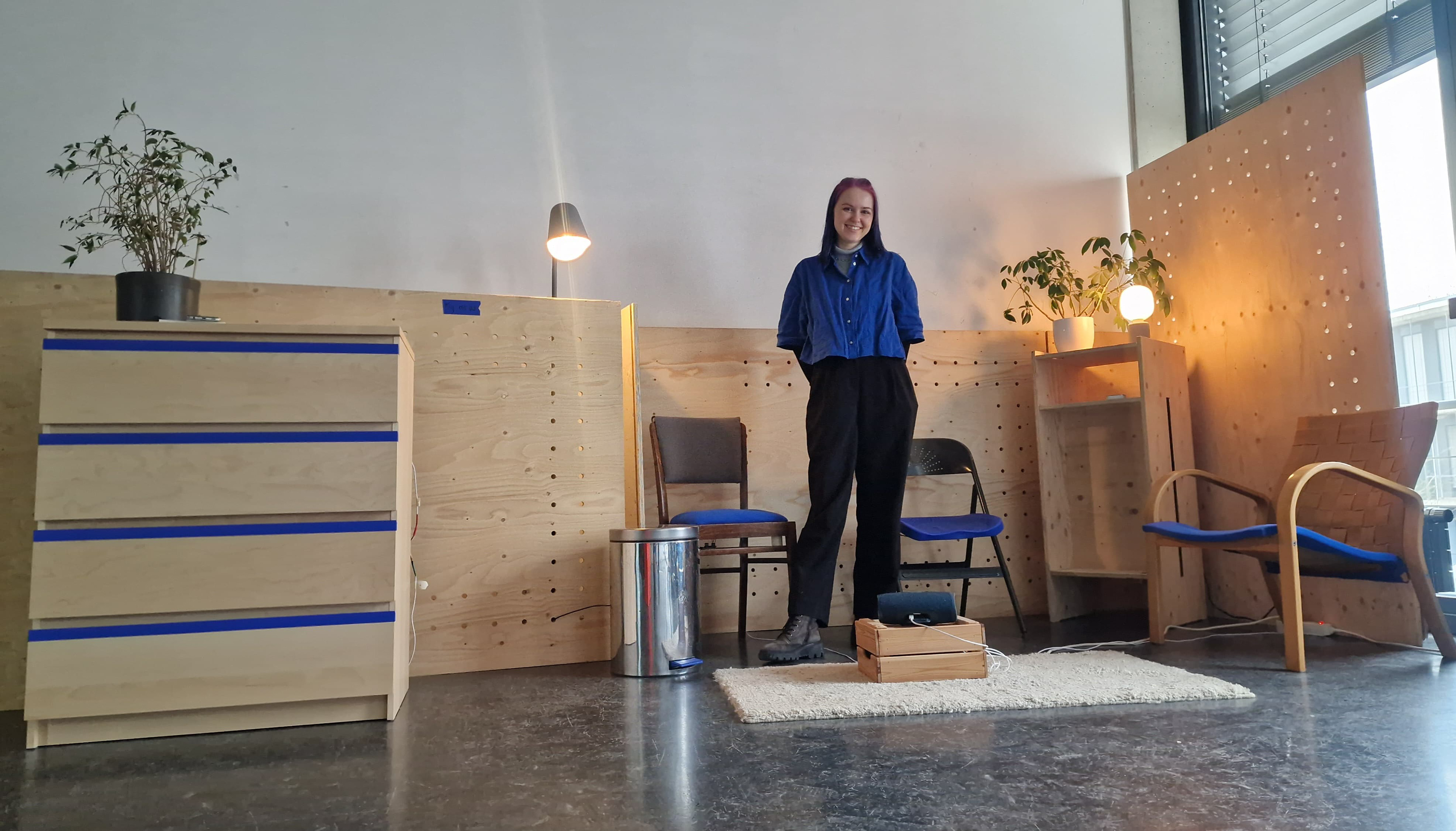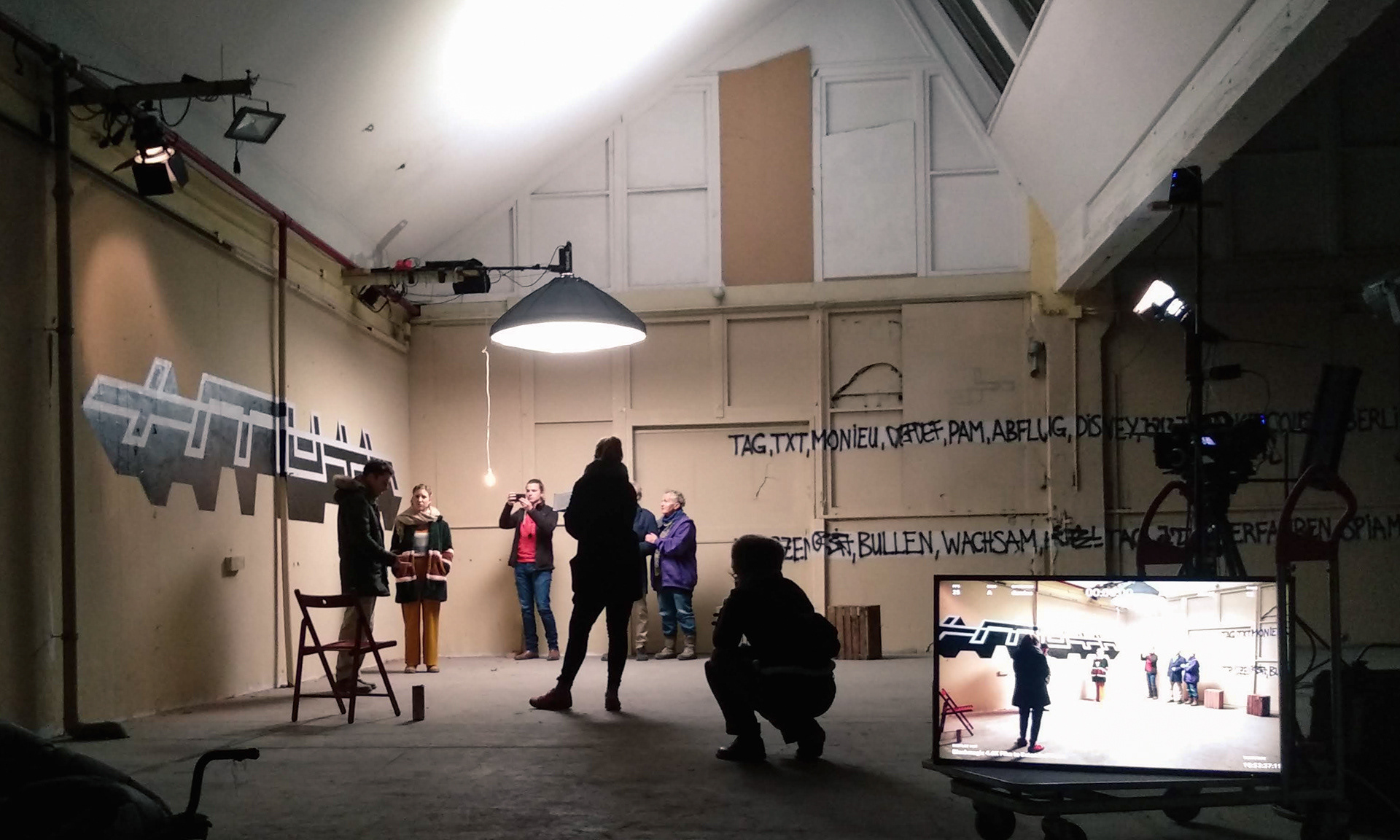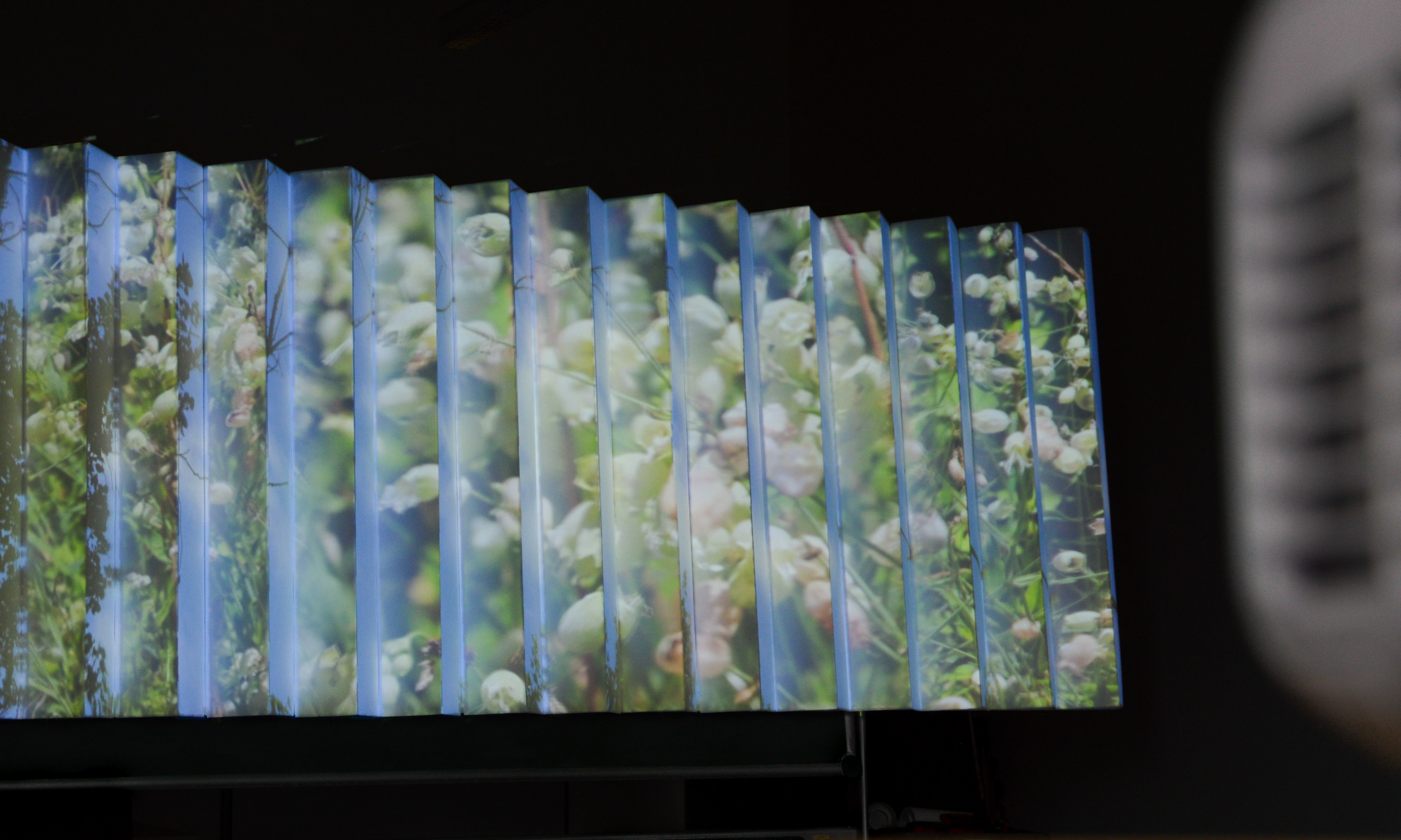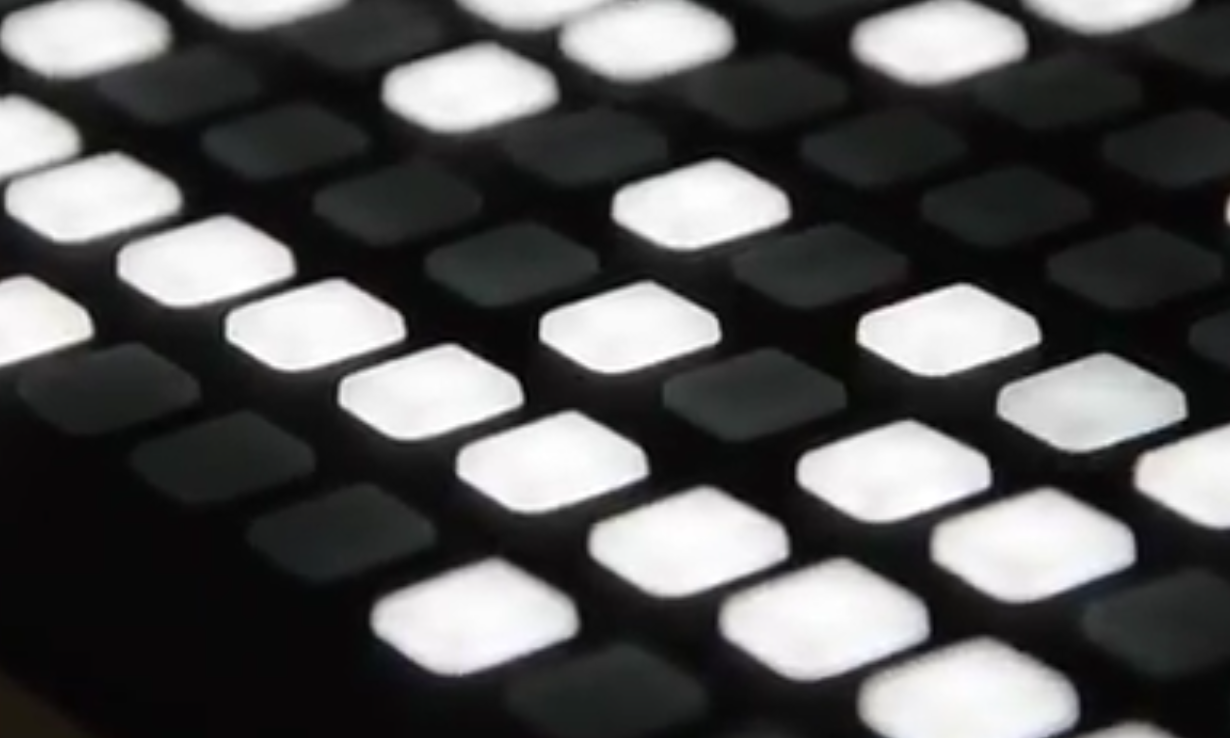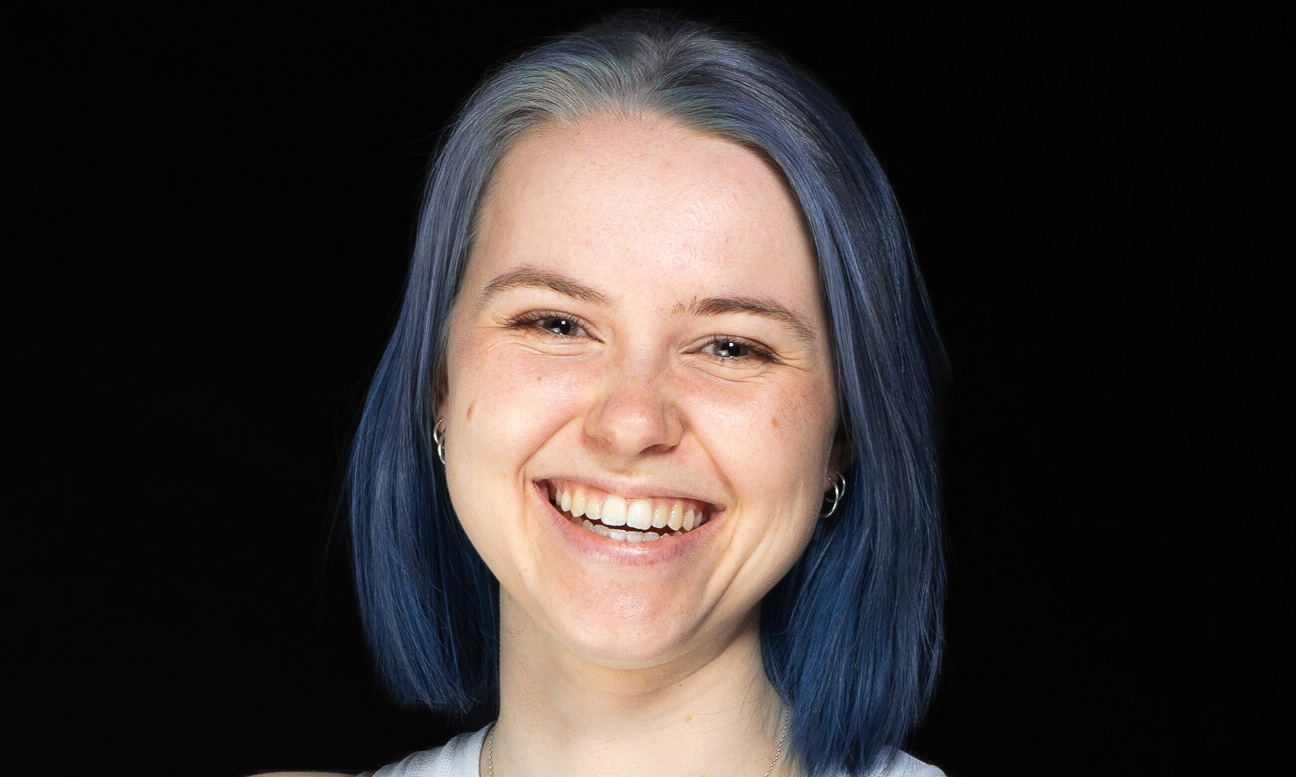Inside - Multisensorisches Erlebnis mit Relikten
Master thesis in Interactive Media Systems at THA in winter 2024/25.
(Inside — multisensorial experience with relics)
(Inside — multisensorial experience with relics)
Inside features three everyday objects that interact with the listeners on an audio level. Various artifacts represent different interaction concepts that trigger audio elements. The focus is on different types of interactions that are automatically triggered, for example, through touch or proximity.
The furniture embodies different character traits, appearing as if it had just been part of a lived-in home. To create a cohesive visual identity with clear interaction cues, a unifying design element must be present across all objects.
A blue accent colour is used to highlight interaction points, making them more noticeable. Handles, seats, and pedal are particularly emphasized. This approach preserves the unique character of each piece while integrating them into a consistent overall design.
Though prompt engineering in ChatGPT and by using AI Voices, the artefacts came to life. By using Arduino and Touchdesigner the objects can respond to (multiple) people in real-time.
The dresser:
In a dresser, various clothing styles are stored in their respective drawers. When opened, they speak to you. They present their motivations and arguments to encourage you to choose their clothing and values.
> Each drawer contains clothing items that match the respective clothing style. This helps create a clearer visual association with the themes.
> To measure the degree of opening, a light sensor is installed on the back wall of each drawer. Long cables connect the sensors to the Arduino, which is mounted on the back of the dresser.
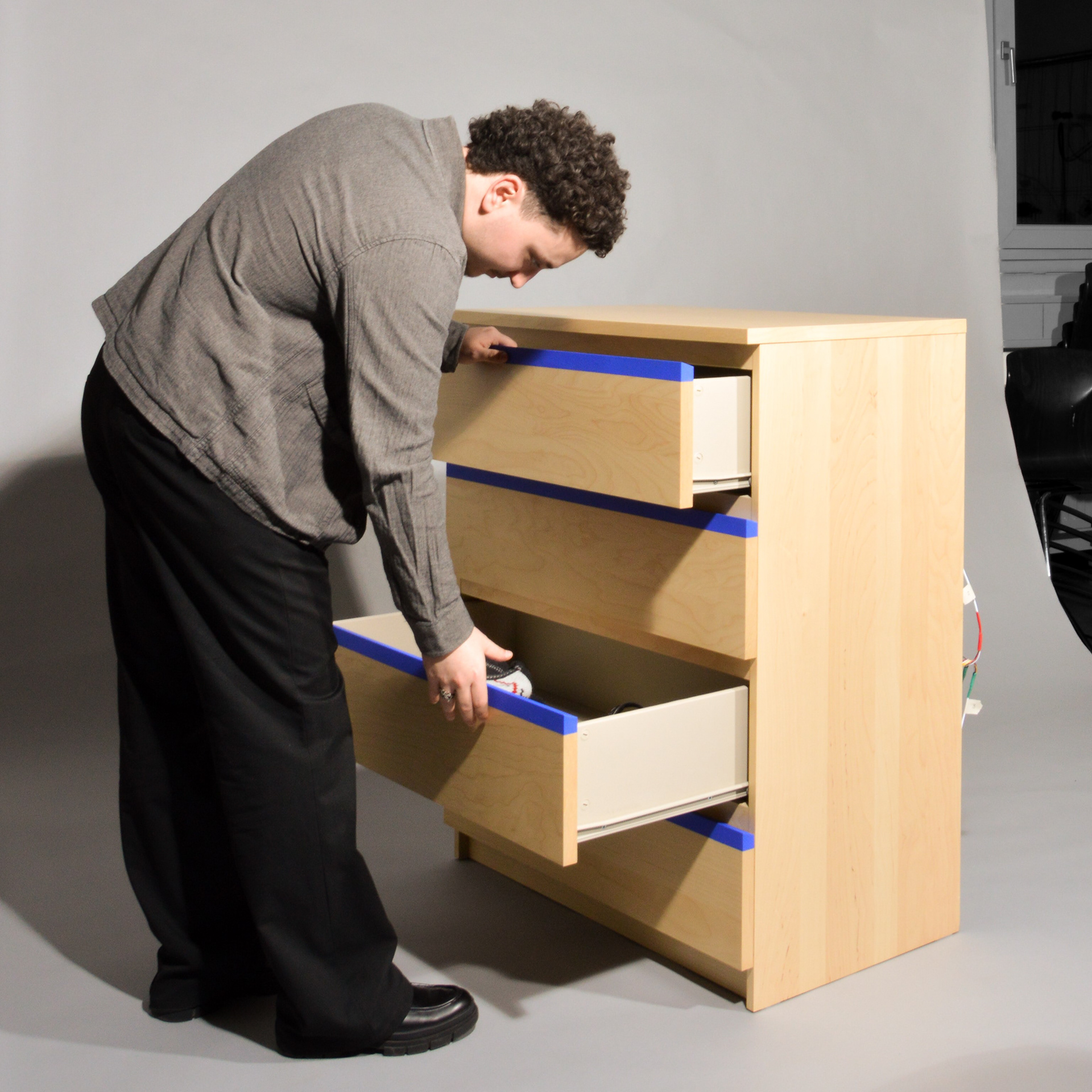


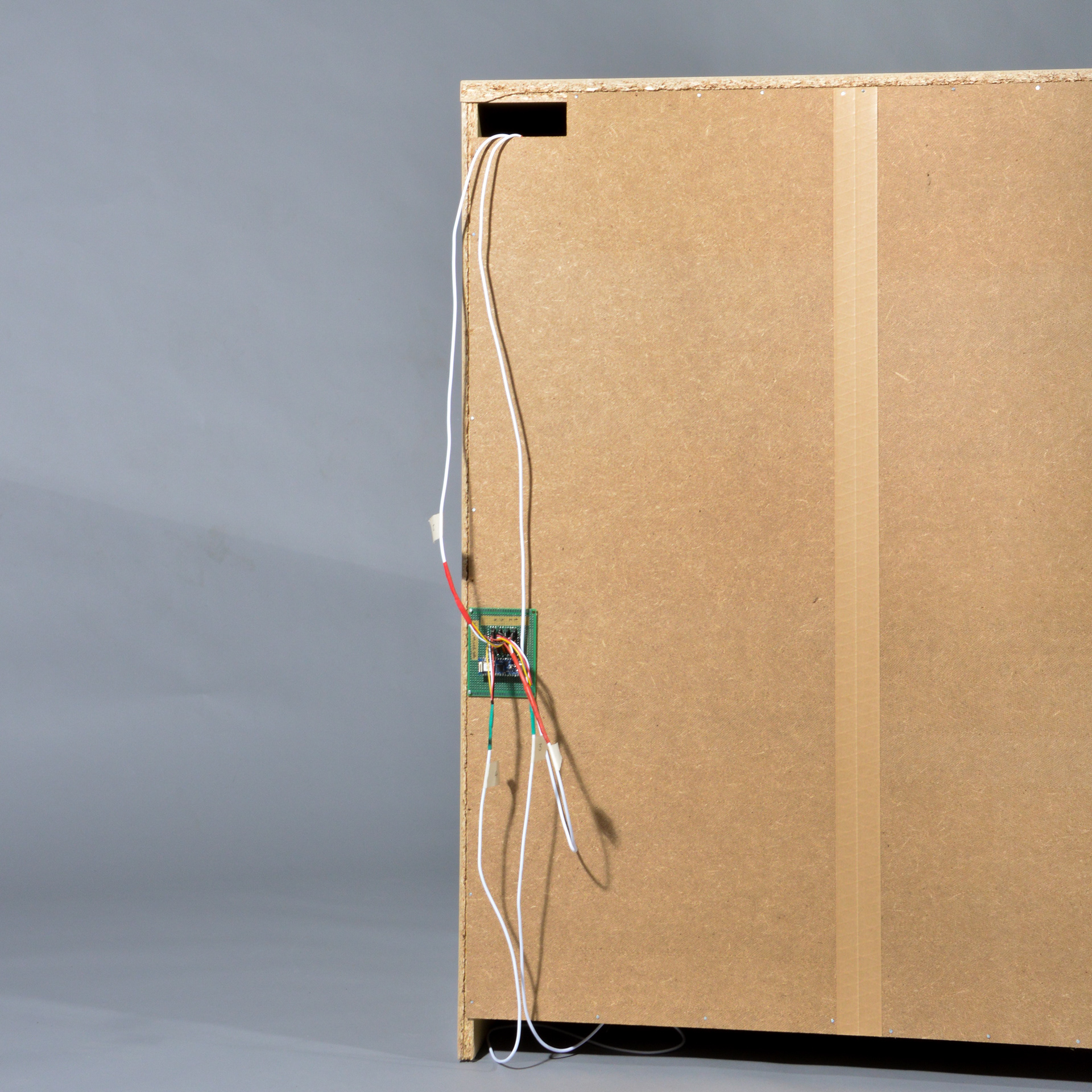
The chairs:
When discussing a big topic like love, not everyone shares the same opinion. By looking at the different chairs and the opinions of those who sat on them previously, you can listen to various viewpoints. When all three are occupied, they begin a conversation between themselves.
> Through their different appearances and unique seating experiences, the exterior already reflects the first impression.
> The blue seat surfaces invite interaction, encouraging visitors to take a seat. These surfaces are either covered with fabric or painted.
> Various sensors are embedded in the seat surfaces and backrests to detect when someone sits down.
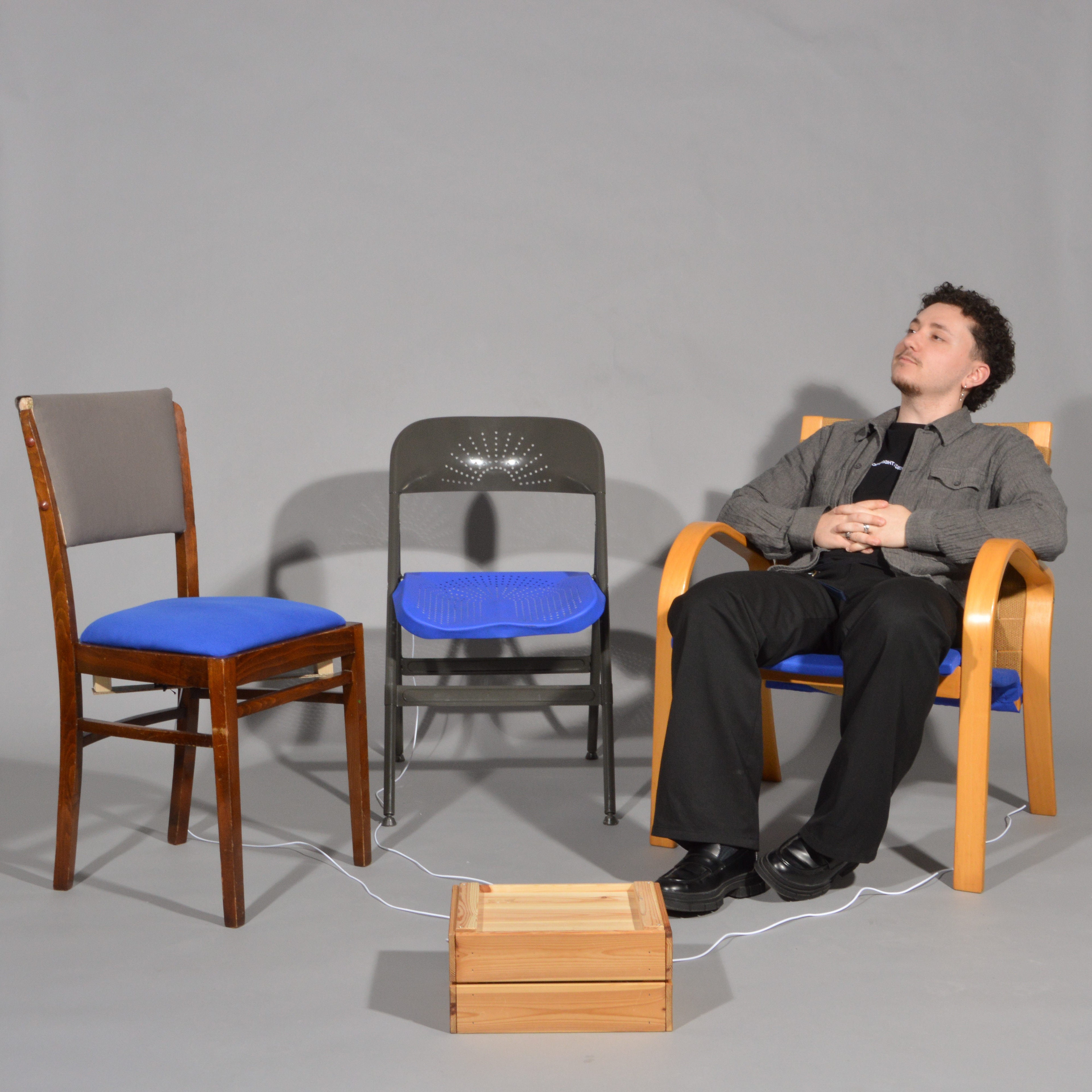

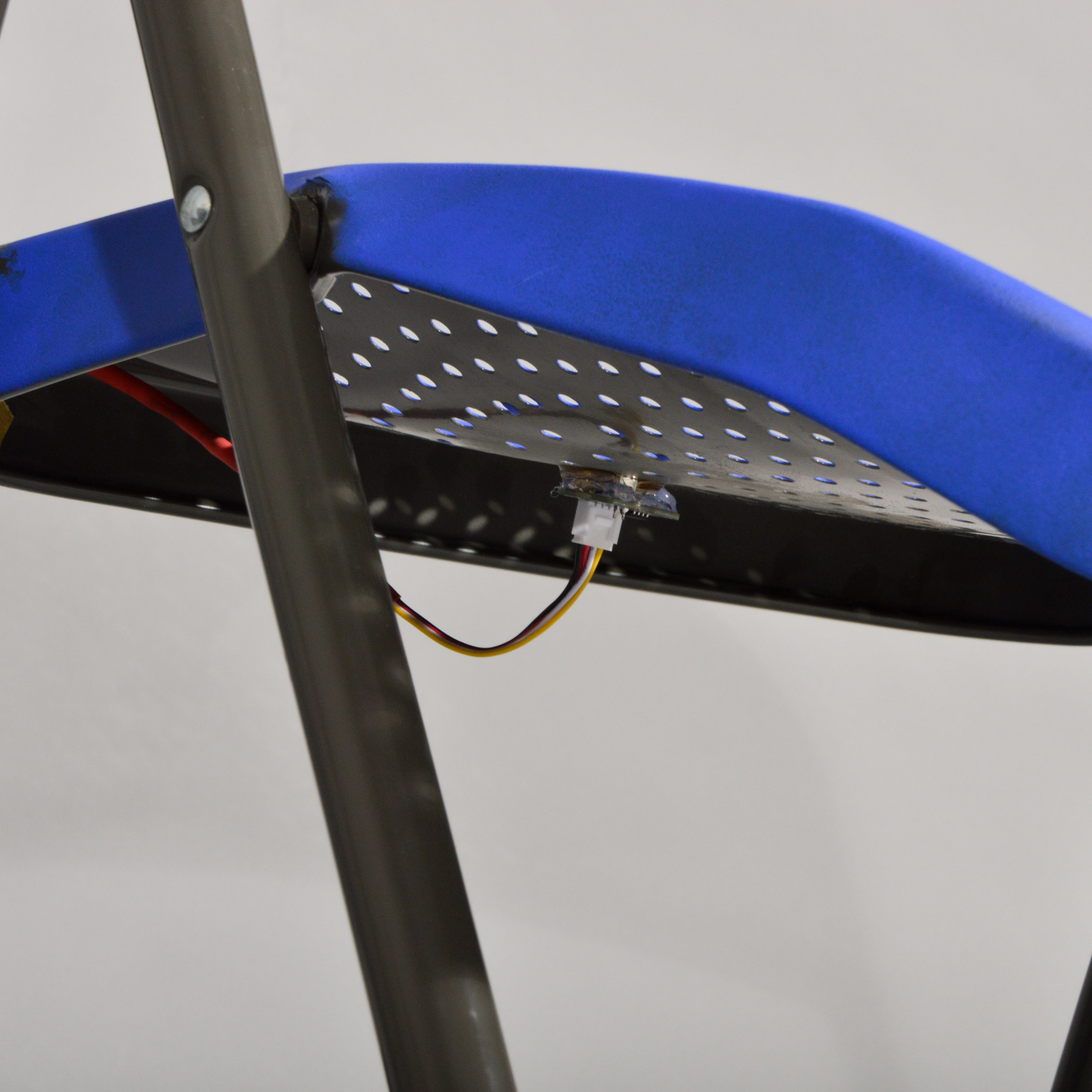
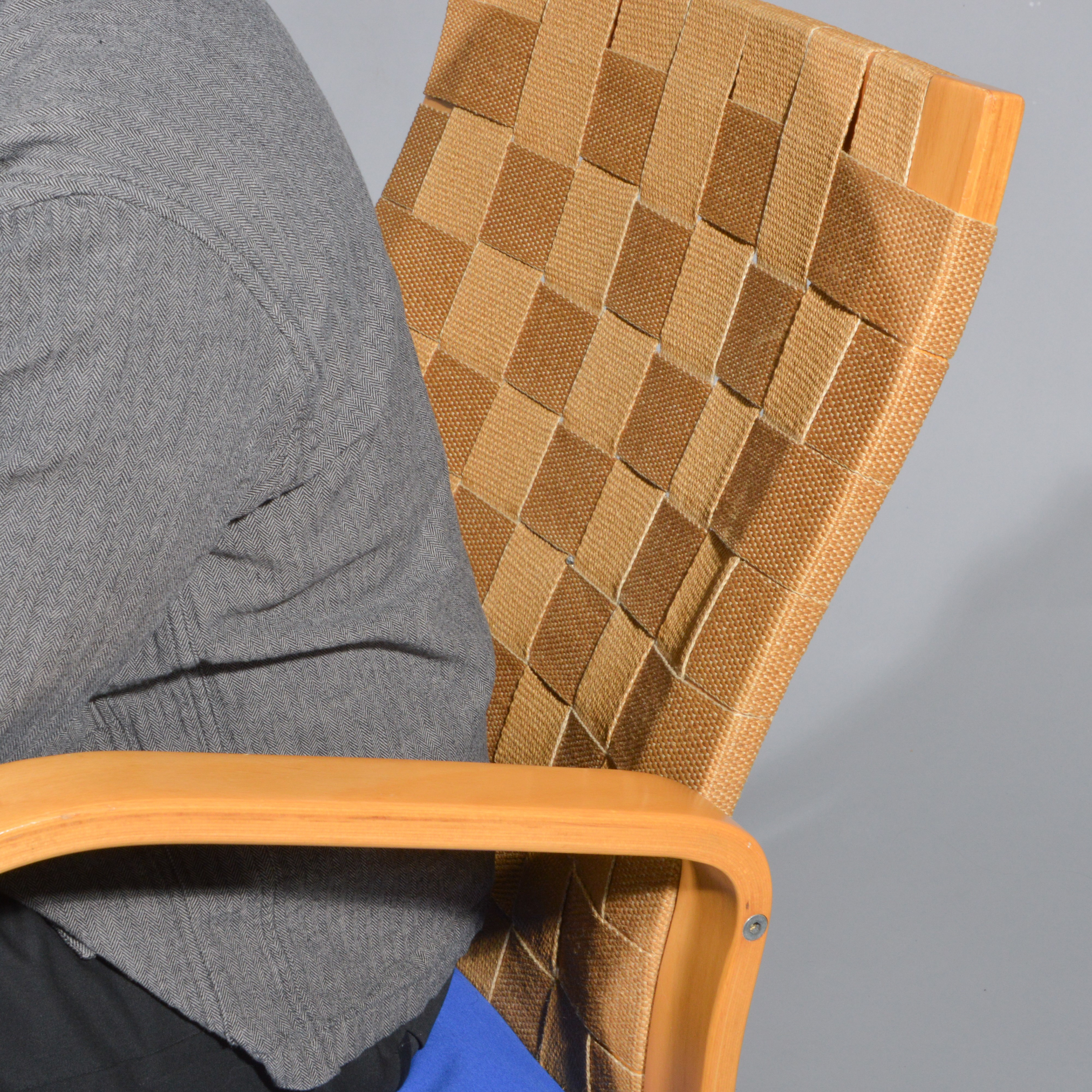
The trashcan:
Talking trash cans already exist in some places, but what if the trash can insults and embarrasses you instead? Each time it opens, new phrases are thrown at you.
> A magnetic reed switch detects when the lid is lifted. It is attached near the hinge on the back.
> It rotates through seven quotes.

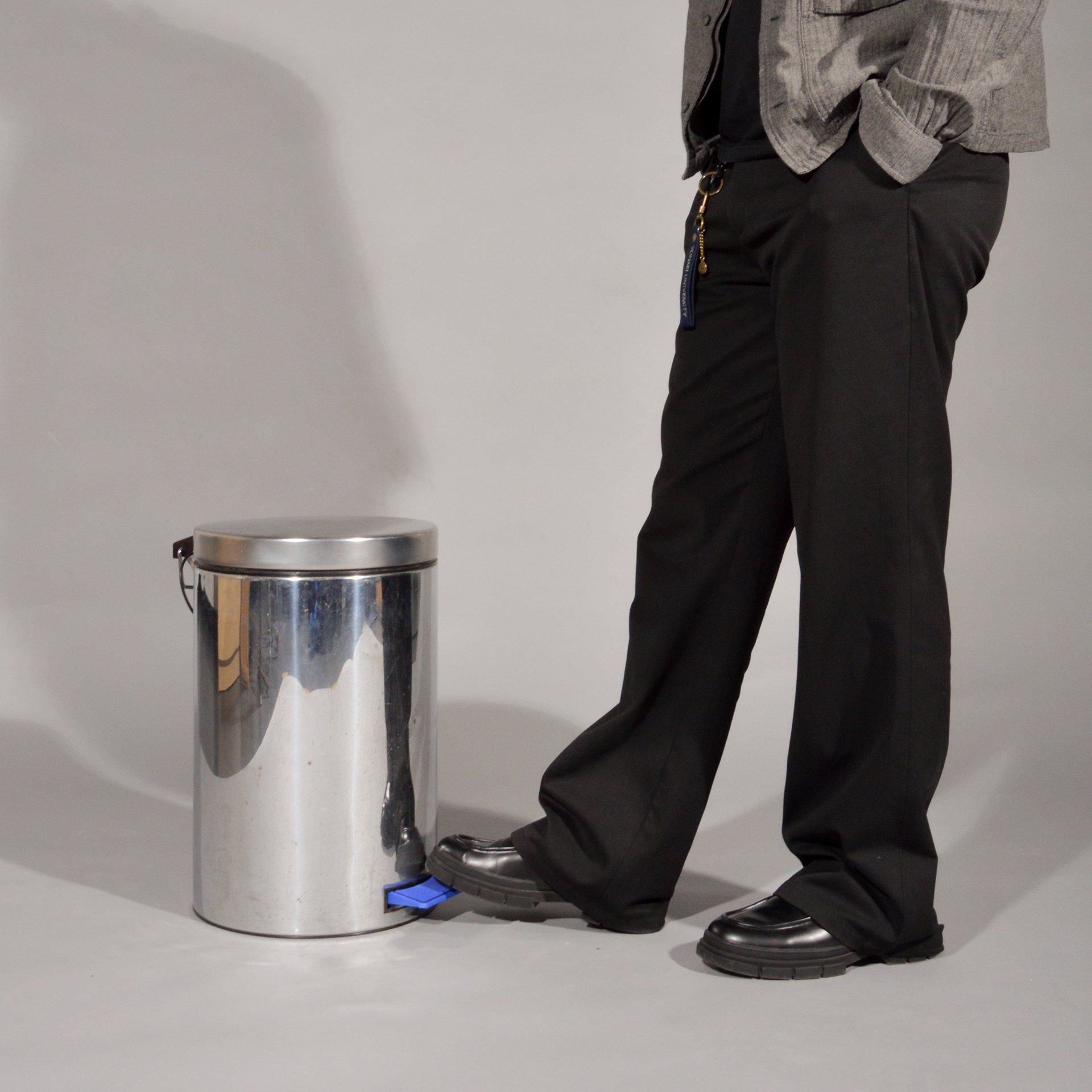


Tools: Arduino, Touchdesigner, ChatGPT, ElevenLabs
Models: Christian Frey, Silvia Naser, Tara Winkelmann
Supervision: Prof. Andreas Muxel & Dipl. Des. Rosa Rohm, THA, 2024/25
